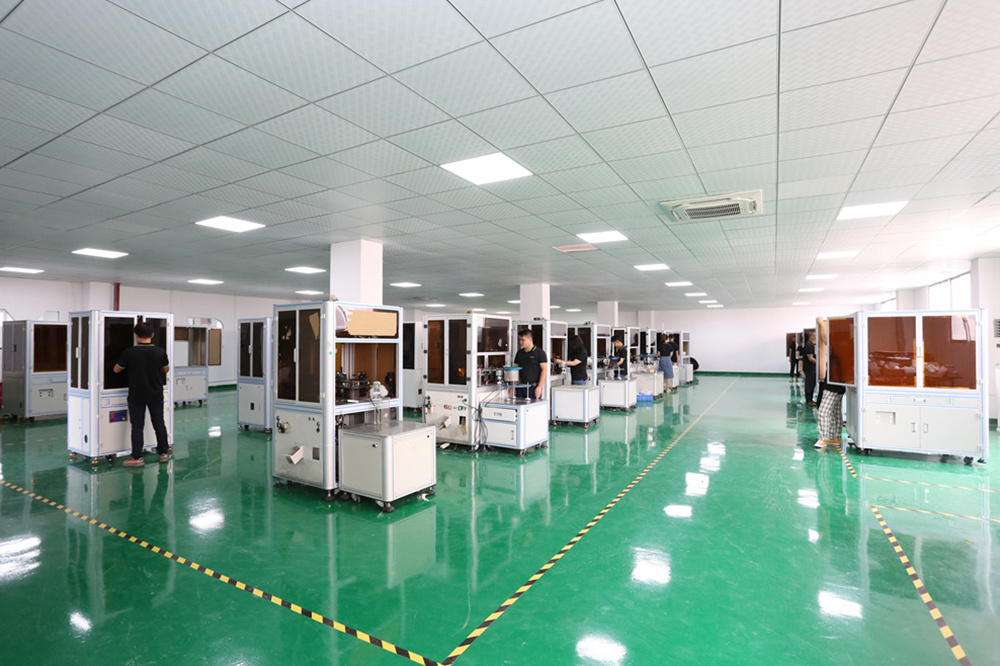The Comprehensive Guide to AOI Inspection Equipment in Optical Lens and Instrumentation
Automated Optical Inspection (AOI) equipment plays a crucial role in the optical lens and instrumentation industry. This technology is primarily designed to identify defects and ensure the quality of optical components through visual inspection. AOI systems utilize advanced imaging and analysis techniques to detect inconsistencies that could affect the performance of optical devices.
One of the primary advantages of AOI inspection equipment is its ability to enhance the quality assurance process. Unlike traditional inspection methods, which are often time-consuming and labor-intensive, AOI offers rapid and accurate assessments of optical components. This not only increases efficiency but also reduces the potential for human error, ensuring that each product meets stringent quality standards.
In the context of optical lenses, AOI systems can identify various defects such as surface imperfections, misalignment, and alignment issues, which are critical for the performance of lenses in optical instruments. By employing high-resolution cameras and sophisticated software algorithms, AOI inspection equipment can analyze thousands of parts in a matter of minutes, providing manufacturers with real-time feedback on product quality.
Moreover, the integration of AOI technology in manufacturing processes allows for better process control and traceability. As variations in product quality can arise from numerous sources, such as raw material inconsistencies or equipment malfunctions, AOI systems can pinpoint the exact stage in the production line where defects occur. This data-driven approach enables manufacturers to take corrective actions promptly, thereby reducing waste and improving overall production efficiency.
In addition to quality control, AOI inspection equipment also facilitates continuous improvement practices. By collecting and analyzing inspection data over time, manufacturers can identify trends and patterns that may indicate potential issues in the production process. This valuable information can inform process adjustments, leading to enhanced product quality and reduced defect rates.
As the demand for high-quality optical lenses continues to grow, particularly in industries such as telecommunications, medical optics, and consumer electronics, the adoption of AOI inspection equipment becomes increasingly important. It not only ensures that products meet the required specifications but also helps manufacturers stay competitive in a rapidly evolving market.
In conclusion, AOI inspection equipment is an invaluable asset in the optical lens and instrumentation industry. By providing accurate, efficient, and reliable defect detection, this technology not only enhances product quality but also contributes to streamlined manufacturing processes. As the industry advances, integrating such innovative solutions will be essential for maintaining high standards and meeting consumer expectations.
One of the primary advantages of AOI inspection equipment is its ability to enhance the quality assurance process. Unlike traditional inspection methods, which are often time-consuming and labor-intensive, AOI offers rapid and accurate assessments of optical components. This not only increases efficiency but also reduces the potential for human error, ensuring that each product meets stringent quality standards.
In the context of optical lenses, AOI systems can identify various defects such as surface imperfections, misalignment, and alignment issues, which are critical for the performance of lenses in optical instruments. By employing high-resolution cameras and sophisticated software algorithms, AOI inspection equipment can analyze thousands of parts in a matter of minutes, providing manufacturers with real-time feedback on product quality.
Moreover, the integration of AOI technology in manufacturing processes allows for better process control and traceability. As variations in product quality can arise from numerous sources, such as raw material inconsistencies or equipment malfunctions, AOI systems can pinpoint the exact stage in the production line where defects occur. This data-driven approach enables manufacturers to take corrective actions promptly, thereby reducing waste and improving overall production efficiency.
In addition to quality control, AOI inspection equipment also facilitates continuous improvement practices. By collecting and analyzing inspection data over time, manufacturers can identify trends and patterns that may indicate potential issues in the production process. This valuable information can inform process adjustments, leading to enhanced product quality and reduced defect rates.
As the demand for high-quality optical lenses continues to grow, particularly in industries such as telecommunications, medical optics, and consumer electronics, the adoption of AOI inspection equipment becomes increasingly important. It not only ensures that products meet the required specifications but also helps manufacturers stay competitive in a rapidly evolving market.
In conclusion, AOI inspection equipment is an invaluable asset in the optical lens and instrumentation industry. By providing accurate, efficient, and reliable defect detection, this technology not only enhances product quality but also contributes to streamlined manufacturing processes. As the industry advances, integrating such innovative solutions will be essential for maintaining high standards and meeting consumer expectations.
Related News













